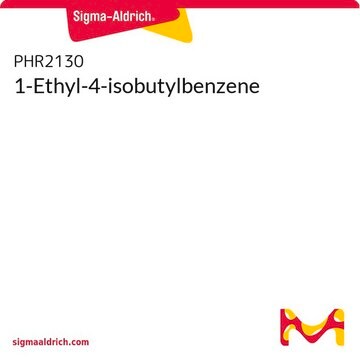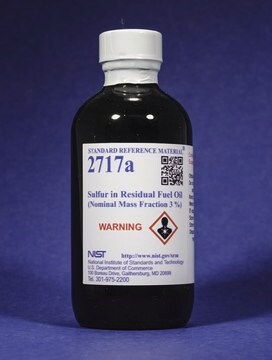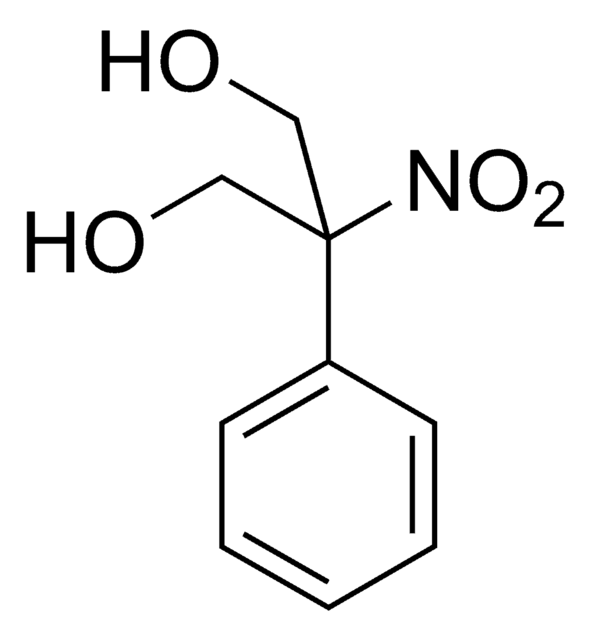17-0080
Kerosene
SAJ special grade, ≥90.0%
About This Item
Productos recomendados
grado
SAJ special grade
densidad de vapor
4.5 (vs air)
presión de vapor
0.23 mmHg ( 20 °C)
Ensayo
≥90.0%
Formulario
liquid
temp. de autoignición
442 °F
lim. expl.
5 %
disponibilidad
available only in Japan
dilution
(for analytical testing)
bp
190-250 °C (lit.)
densidad
0.8 g/mL at 25 °C (lit.)
¿Está buscando productos similares? Visita Guía de comparación de productos
Palabra de señalización
Danger
Frases de peligro
Consejos de prudencia
Clasificaciones de peligro
Aquatic Chronic 2 - Asp. Tox. 1 - Skin Irrit. 2 - STOT SE 3
Órganos de actuación
Central nervous system
Código de clase de almacenamiento
3 - Flammable liquids
Clase de riesgo para el agua (WGK)
WGK 2
Punto de inflamabilidad (°F)
179.6 °F - closed cup
Punto de inflamabilidad (°C)
82 °C - closed cup
Equipo de protección personal
Faceshields, Gloves, Goggles, type ABEK (EN14387) respirator filter
Elija entre una de las versiones más recientes:
¿Ya tiene este producto?
Encuentre la documentación para los productos que ha comprado recientemente en la Biblioteca de documentos.
Nuestro equipo de científicos tiene experiencia en todas las áreas de investigación: Ciencias de la vida, Ciencia de los materiales, Síntesis química, Cromatografía, Analítica y muchas otras.
Póngase en contacto con el Servicio técnico










